5G's ultra-low latency is designed to make the next generation VR more powerful
With the end of this week's Mobile World Congress in 2018, we find that the next generation of 5G wireless technology is clearly the biggest story of the show, and it is expected to greatly speed up data transmission. But 5G's secret weapon is actually ultra-low latency, a concept that is easy to understand, but difficult to promote. Verizon, Vodafone and Huawei have been demonstrating for the past month how low latency will fundamentally improve wireless video, video games and virtual reality (VR), and will focus on 5G in the future. A few industries that have been transformed for several years.
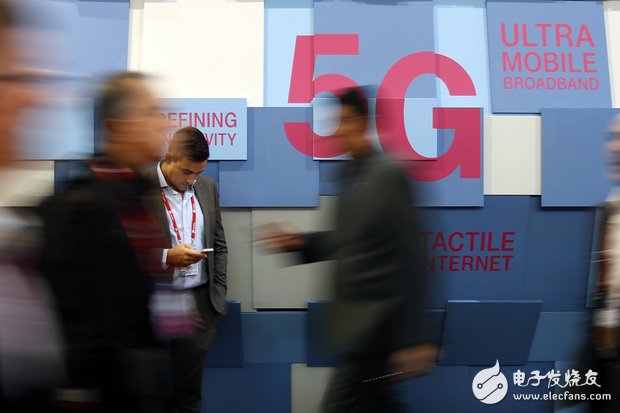
A delay means a response, which is treated as the time interval between the request and the response. When you enter a URL in your phone's web browser, the page takes a few seconds to display, mainly due to two factors: the time it takes for the request to be confirmed (delayed), then the sending of all page text, images and videos to The time required for your phone (data rate).
5G greatly increases latency and data rate. It can reduce the response time from an average of 50 milliseconds (0.05 seconds) to 1-2 milliseconds (0.001 or 0.002 seconds). Similarly, it can increase the data rate from an average of 0.02-0.03 gigabits per second to 0.1-5.0 Gbps. This means you can see that a typical web page is fully loaded in one second, rather than a few seconds or longer.
But forgetting the web, the biggest beneficiaries of 5G ultra-low latency will be games, virtual reality, factories, medicine, autonomous vehicles and transportation systems.
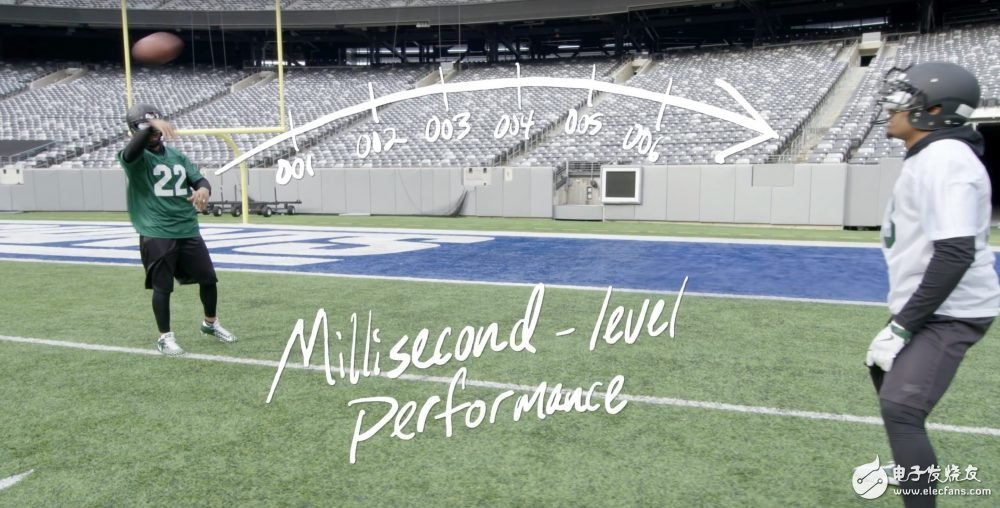 Games and VR
Games and VR
Today, Huawei announced that the latest 4G / LTE game progress test Short TTI achieved an end-to-end delay of 33 milliseconds - better than 50 milliseconds delay, which is considered to be the minimum to enjoy non-virtual reality games. For competitive online gamers, a 30% reduction in latency compared to 4G is a good improvement, but it's not even close to 5G.
In the VR world, people will understand that when the delay exceeds 20 milliseconds, the user wearing the device will have a feeling of dizziness and nausea. Ideally, if it is not zero, the VR delay will not exceed 7 milliseconds. (Vodafone and Ericsson provided a demo this week that showed that even a 15-ms virtual reality game would be shocking if it was interrupted by a 0.1 second network delay.) Therefore, streaming VR content is still Does not have today's 4G cellular connection. However, if it's 5G's 5 or 2 millisecond delay time, you can turn the head in real time because the camera in the distance will send real-time 3D video to the full wireless headset.
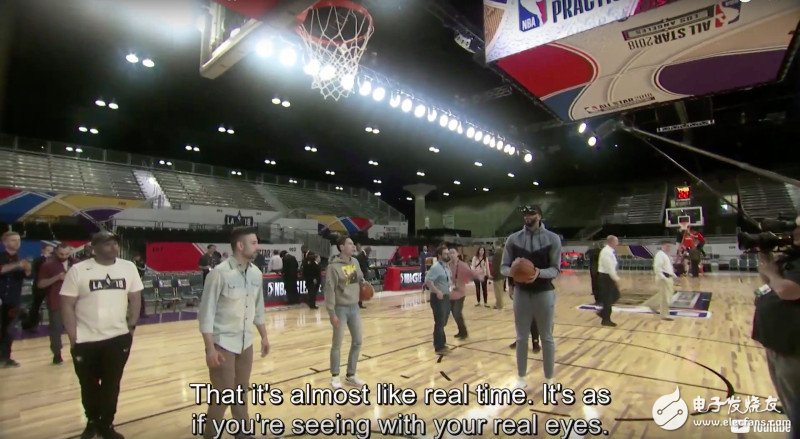
Verizon recently demonstrated this by placing NFL and NBA players in a wireless VR headset equipped with a camera and using only 5G streaming video in the real world for visual effects. Even if the video is transmitted back and forth over a 5G network, it is still "enough" for the professional to play two sports, not just watching, due to the low latency.
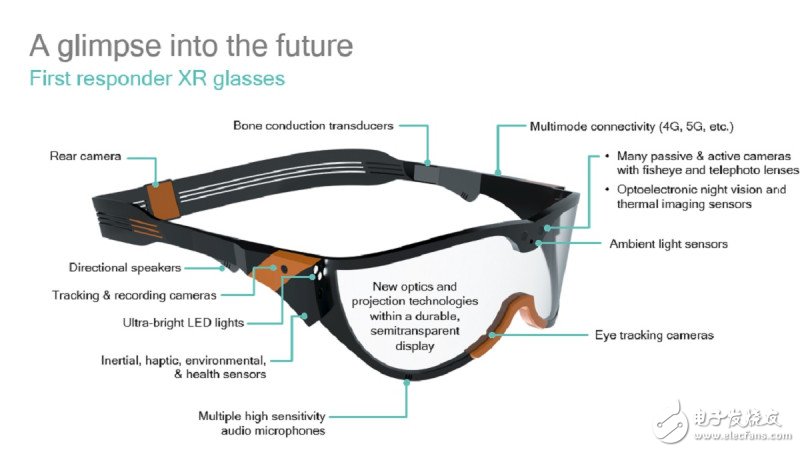
Imagine fully generating a 5G video game from a super powerful server and streaming it to your headset, which is what happens next. After that, the headset can evolve into “Extended Reality†(XR) glasses, switching between VR and augmented reality as needed. Qualcomm has been working on the so-called XR concept and is working with VR headset manufacturers to develop the next generation of complete wireless VR solutions for near-term release.
The factory will be another key beneficiary of 5G low latency. Qualcomm recently demonstrated how 5G will enable independent remote control of multiple industrial machines with a latency of only 1-2 milliseconds. It uses four sets of rotating discs for demonstrations. Each platter has a small hole at the top that exposes or blocks the red LED at 12:00. With 5G, all four fast-rotating disks can be coordinated to display a red light at the same instant, showing a delay comparable to a wired Ethernet connection.
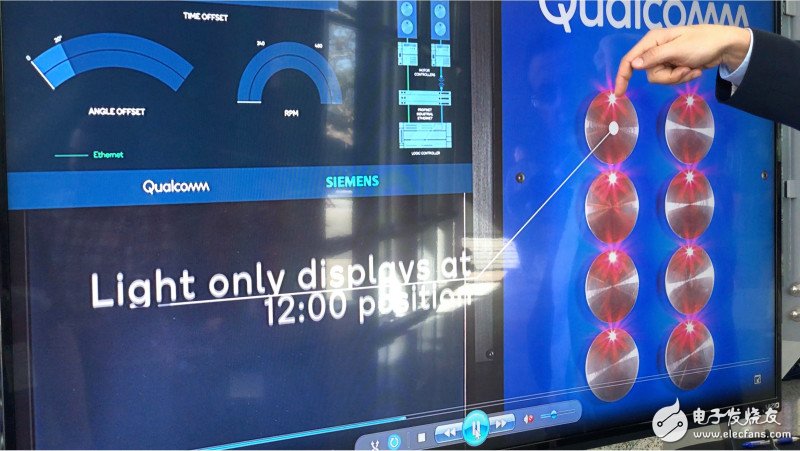
In the real world, factories don't use rotating discs, but their robotic machines rely on low-latency wireless technology to handle precise manufacturing and test instructions. The exact same technology can also have an impact on medicine: Imagine having the world's best cardiac surgeons perfectly control the robotic arm during life-saving operations on the other side of the world, and the impact on telemedicine will be staggering.
Does our society really trust machines to reliably serve people under the direction of remote wireless? Although it is hard to imagine now, the answer is yes. Keeping people safe on self-driving cars actually depends on low latency, so the 5G standard is designed to include a special vehicle usage protocol, the "Super Reliable Low Latency Communication" (URLLC) protocol.
The URLLC effectively tells the 5G wireless network that the data sent requires 99.999% reliability, no interruption, and millisecond response. This allows the network to process data at a short and accurate rate, rather than large and slow blocks of data, sending micro-remote steering wheel control commands or streaming movies, which requires a lot of data, but if the data arrives at a slower rate.

Combining artificial intelligence and URLLC data on top of 5G will enable millions of vehicles around the world to work with local 5G transportation systems and drive on their own. For the foreseeable future, your car will be able to share traffic data with other vehicles and networks, handle changes faster than anyone, and communicate with emergency vehicles faster if an accident occurs. Most technicians believe that as human drivers give way to coordinated computers, the number of car accidents will begin to decrease.
All these tips for changing the rules of the game are delayed. So the next time you hear about 5G technology and let it download movies or browse the web faster, you know that the content of the 5G story is much more than that, and the faster wireless devices will make a huge impact on us all. Impact.
Liquid Rubber Waterproof Sealant
Liquid Rubber Waterproof Sealant HB 1512 is used for irregular shaped connections, waterproof sealing protection of overhead insulated wire joint, Moisture sealing for ground wires.
It is a Waterproof Cable Joint Tape,insulation for motor leads rated up to 1KV, primary electrical insulation for bus bar connections rated up to 35KV.Used as Mastic Sealing Strip Wickes
We are the professional manufacturer of Electrical Tapes and Insulating Tape in China for more than 25 years,if you want to know more information about our company and products, please visit our website.
CAS Applied Chemistry Materials Co.,Ltd.is famous as:
1. Provided products for the State Grid in 2008 to ensure the smooth progress
of the Beijing Olympic Games.
2. Provided products and services to China Southern Power Grid in 2010 to
ensure the smooth progress of the Guangzhou Asian Games.
3. Occupied more than 50% of insulation protection field of overhead contact
line for China High Speed Rail Market.
4. has been Excellent supplier and long-term partner of Aviation Industry
Corporation of China.
5. Provided core technology and products for power cable accessories
(electrical stress control).
Liquid Rubber Waterproof Sealant,Silicone Tape,Semi Conductive Water Blocking Tape,Semi Conductive Woven Tape
CAS Applied Chemistry Materials Co.,Ltd. , https://www.casac1997.com